In an 8051 microcontroller, it
requires 12 cycles of the processor clock for executing a single
instruction cycle. For an 8051 microcontroller clocked by a 12MHz
crystal, the time taken for executing one instruction cycle is 1µS and
it is according to the equation, Time for 1 instruction cycle= 12 /12MHz = 1µS.
The shortest instructions will execute in 1µS and other instructions
will take 2 or more micro seconds depending up on the size of the
instruction. Thus a time delay of any magnitude can be generated by
looping suitable instructions a required number of time. Any way, keep
one thing in mind that software delay is not very accurate because we
cannot exactly predict how much time its takes for executing a single
instruction. Generally an instruction will be executed in the
theoretical amount of time but some times it may advance or retard due
to other reasons. Therefore it is better to use 8051 Timer for
generating delay in time critical applications. How ever software delay
routines are very easy to develop and well enough for less critical
and simple applications.
Program to delay 1mS.
DELAY: MOV R6,#250D
MOV R7,#250D
LABEL1: DJNZ R6,LABEL1
LABEL2: DJNZ R7,LABEL2
RET
The above program roughly produces a delay of 1mS. The instruction DJNZ Rx,LABEL
is a two cycle instruction and it will take 2µS to execute. So
repeating this instruction 500 times will generate a delay of 500 x 2µS =
1mS. The program is written as a subroutine and it works this way.
When called the sub routine DELAY, Registers R6 and R7 are loaded by
250D. Then DJNZ R6,LABEL1 is executed until R6 becomes zero and then
DJNZ R7,LABEL2 is executed until R7 is zero. This creates a loop of DJNZ Rx, LABEL repeating
500 times and the result will be a 1mS delay. As I said earlier, this
just a rough delay and when you test this program you may find slight
differences in the output. You can make adjustments on the initial
values of R6 and R7 to make the result more accurate.
Program to delay 1 second.
The
program shown below produces a delay of around 1 second. In this
program subroutine for delaying 1mS (DELAY) is called 4 times back to
back and the entire cycle is repeated 250 times. As result, a delay of
4 x 1mS x 250 = 1000mS = 1 second is produced.
DELAY1: MOV R5,#250D
LABEL: ACALL DELAY
ACALL DELAY
ACALL DELAY
ACALL DELAY
DJNZ R5,LABEL
RET
DELAY: MOV R6,#250D
MOV R7,#250D
LOOP1: DJNZ R6,LOOP1
LOOP2: DJNZ R7,LOOP1
RET
Square wave generation using 8051.
Using
software delay subroutines square waves over a wide frequency range
(limited by the crystal frequency) can be produced using 8051. The idea
is very simple, run a subroutine with delay equal to half the time
period of the square wave, complement any port pin after the delay
routine is finished, repeat the delay subroutine again, complement the
same port pin again and repeat the cycle again and again over time.
This will result in a square wave of the required frequency at the
corresponding port pin. Circuit diagram for generating square wave
using 8051 is shown below. The same circuit can be used for generating
any frequency but the program is different.
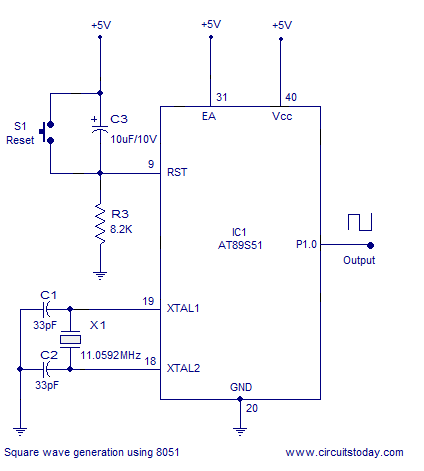
Square wave generation using 8051
Program for generating 1KHz square wave.
ORG 000H
MOV P1,#00000000B
MOV A,#00000000B
MAIN: MOV R6,#220D
LOOP1:DJNZ R6,LOOP1
CPL A
MOV P1,A
SJMP MAIN
END
Program for generating 2KHz square wave.
ORG 000H
MOV P1,#00000000B
MOV A,#00000000B
MAIN: MOV R6,#220D
MOV R7,#183D
LOOP1:DJNZ R6,LOOP1
LOOP2:DJNZ R7,LOOP2
CPL A
MOV P1,A
SJMP MAIN
END
Program for generating 10KHz square wave.
ORG 000H
MOV P1,#00000000B
MOV A,#00000000B
MAIN: MOV R6,#20D
LOOP1:DJNZ R6,LOOP1
CPL A
MOV P1,A
SJMP MAIN
END






 9 Volt 2 Amp PSU Circuit Diagram
9 Volt 2 Amp PSU Circuit Diagram
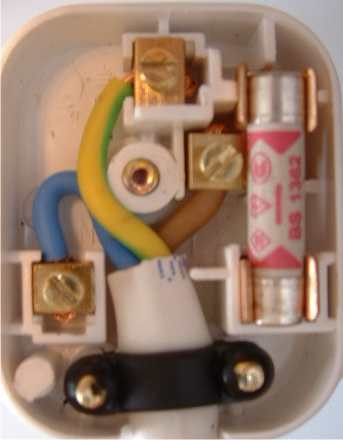













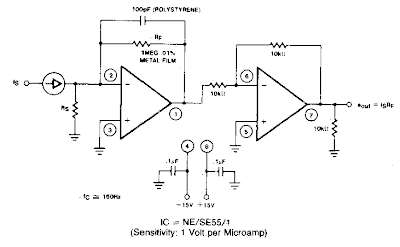




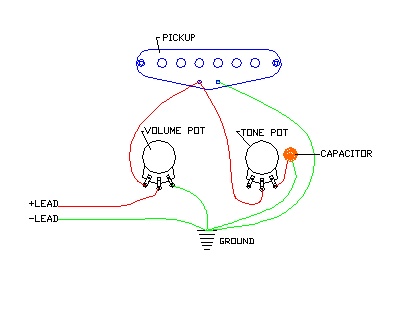




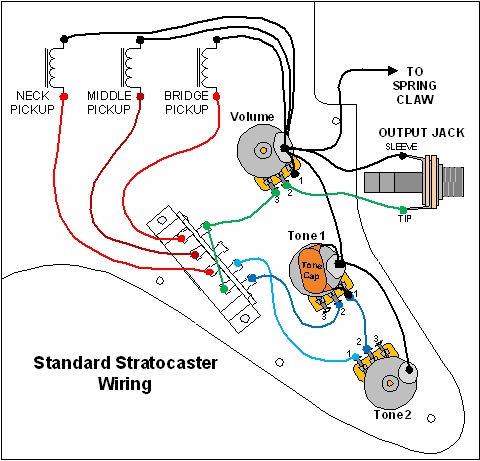
 An
An 





